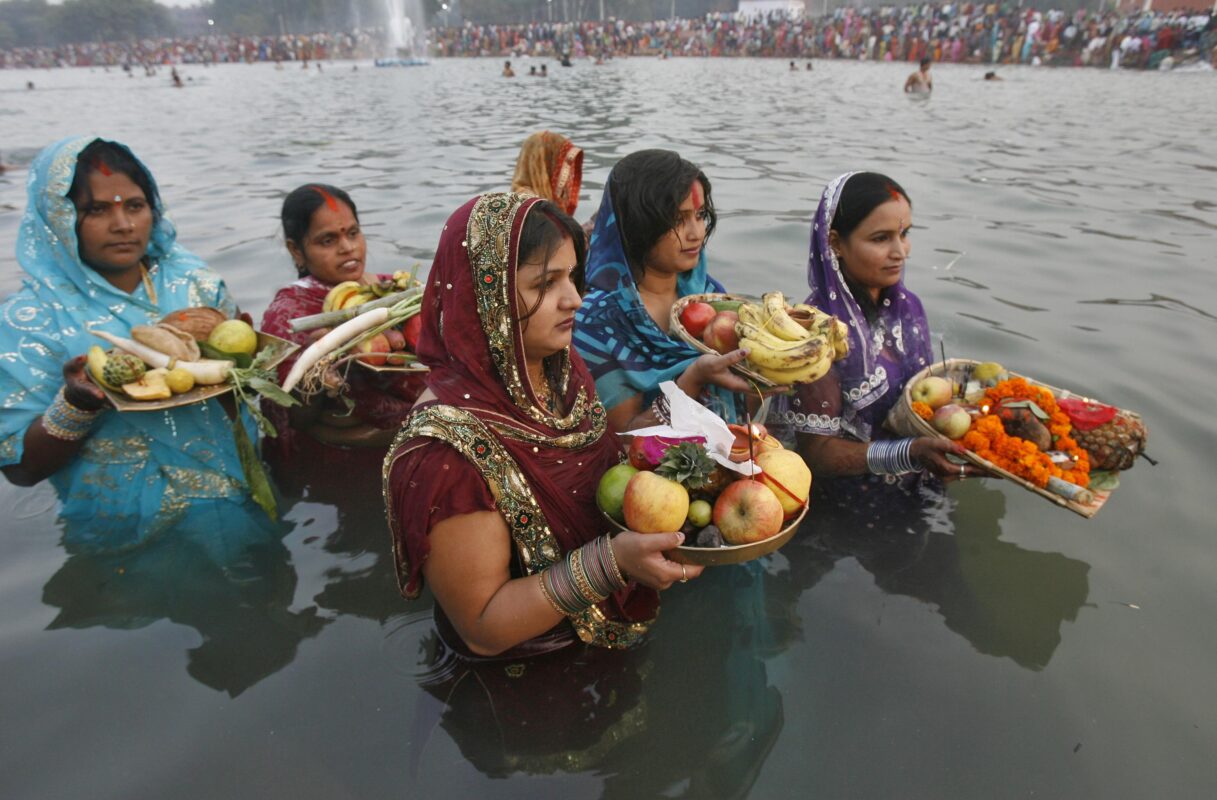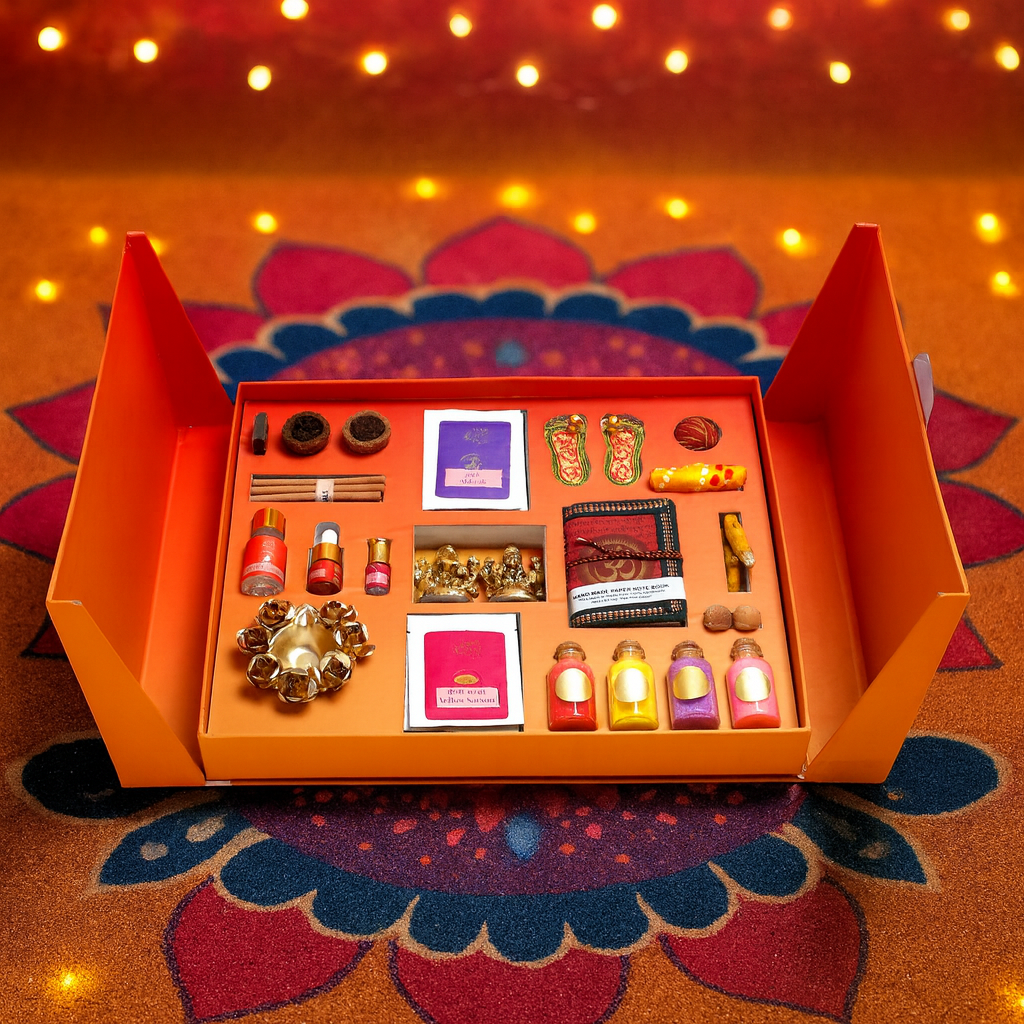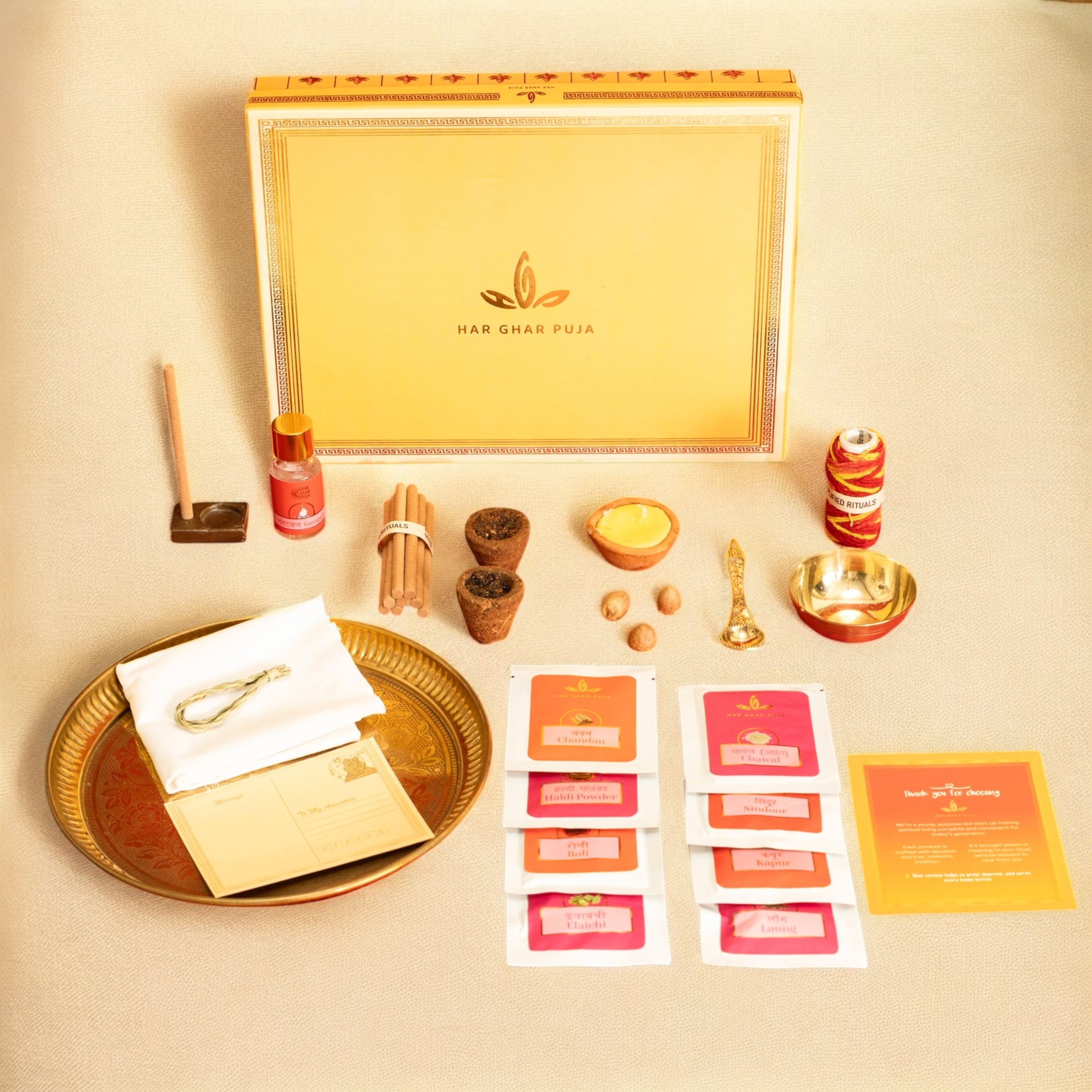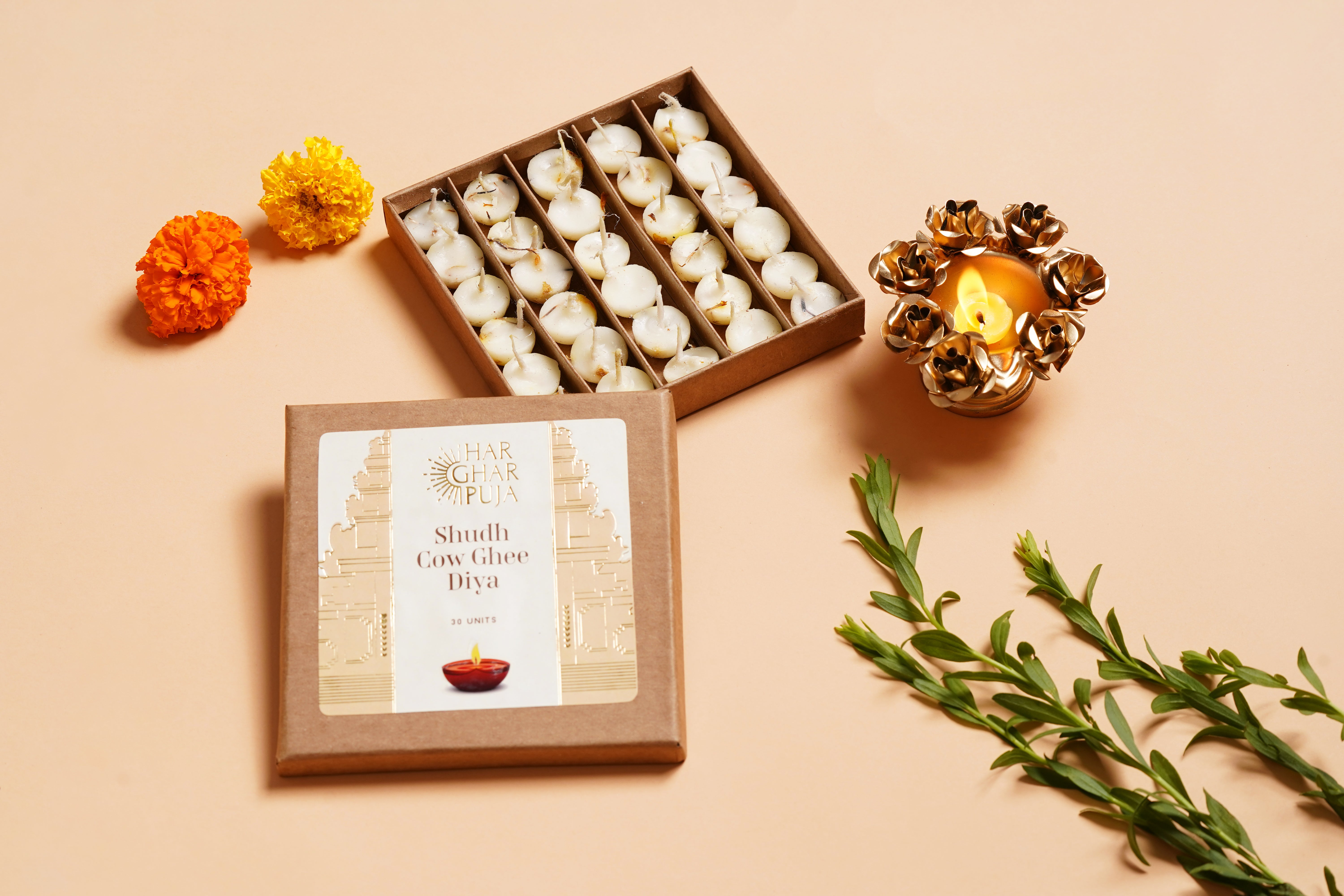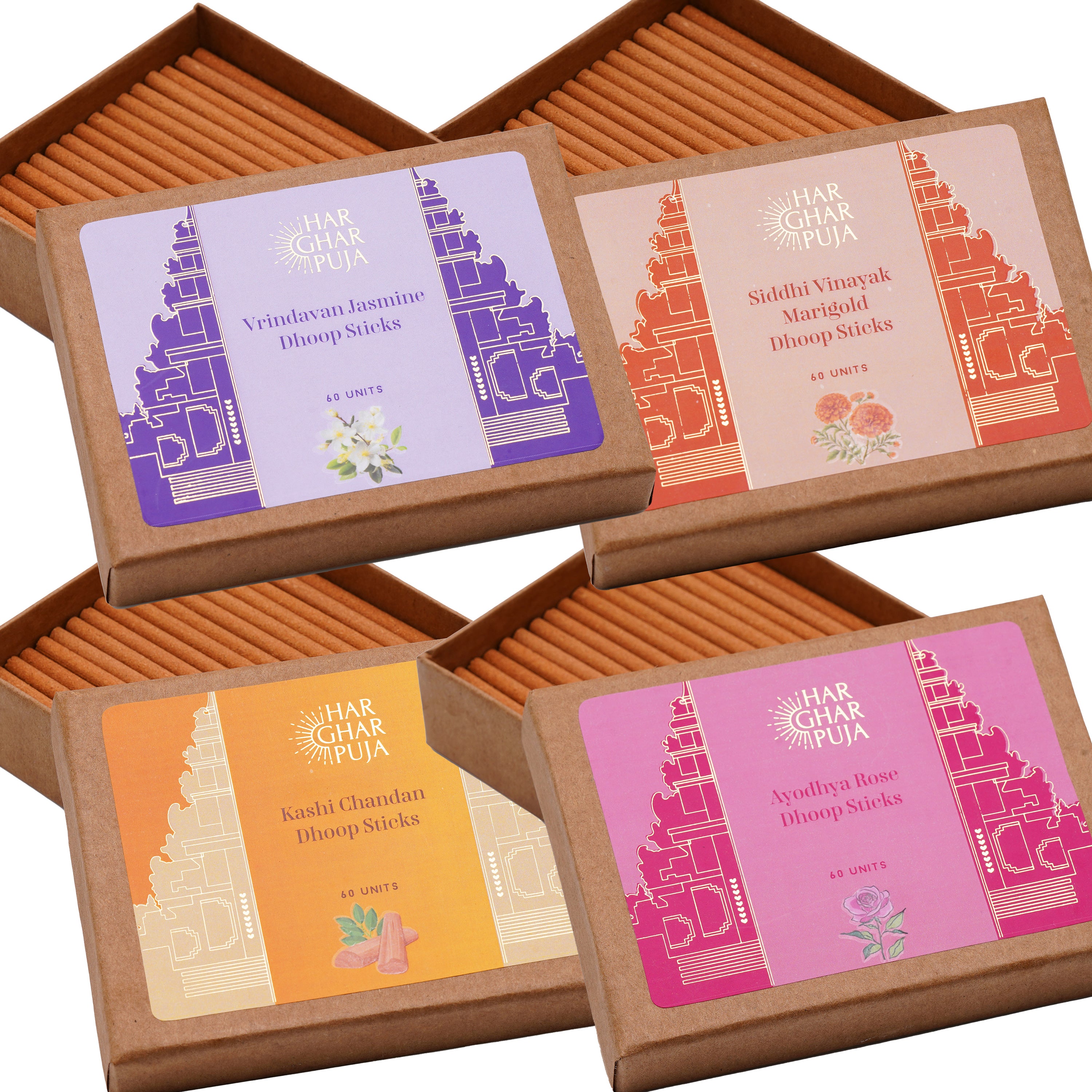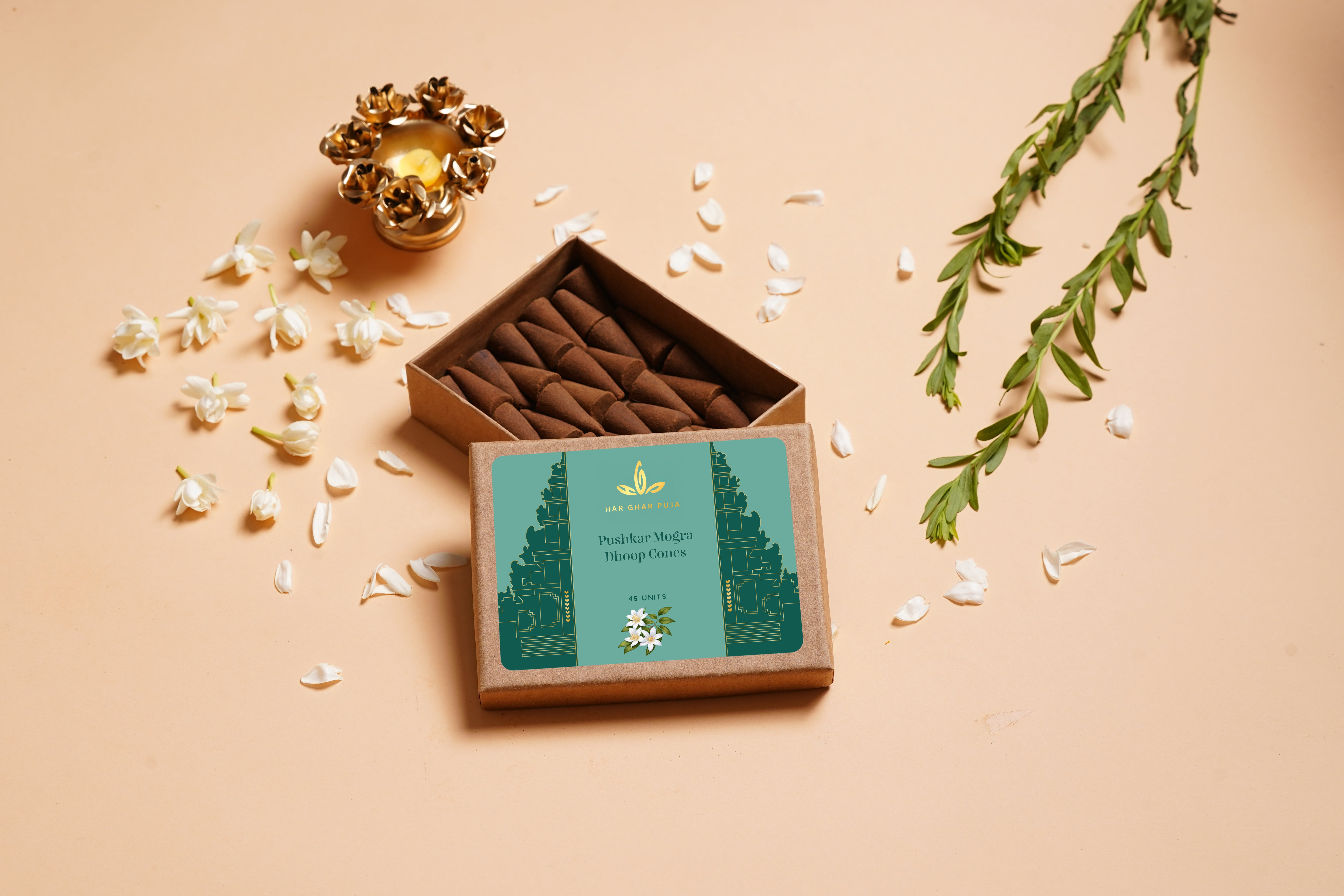Chhath Puja, celebrated six days after Diwali, is a major Hindu festival dedicated to the Sun God. This festival is celebrated in various states of India, but it holds special enthusiasm in Bihar, Uttar Pradesh, and Jharkhand. Chhath Puja takes place on the sixth day of the waxing phase of Kartik month, generally in October or November.
Table of Contents
Significance of Chhath Puja
Chhath Puja is dedicated to the Sun God, the source of energy and light for life. During this festival, women observe a 36-hour fast without water, praying for the happiness, prosperity, and well-being of their families. This is considered one of the most challenging fasts. Chhath Puja also aims for natural balance and environmental preservation, where Indian women express gratitude for life and pray to the Sun God for blessings.

How to Perform Chhath Puja
The Chhath festival lasts for four continuous days, during which women follow strict fasting rituals. The preparations begin with cleaning the house and setting up the worship area. The idol or picture of the Sun God is placed, and essentials like flowers, fruits, water, and sweets are gathered. Chhath Puja begins with the first day, known as Nahay Khay, where fasting women take a morning bath and eat only once.

The second day, known as Kharna, involves a strict fast without even a drop of water. Women prepare offerings for Chhathi Maiya on this day. After fasting throughout the day, the women break their fast with a simple meal of jaggery kheer and roti.
On the third day, in the evening, women perform Sandhya Arghya, offering prayers to the setting Sun. They prepare a bamboo tray with fruits, sugarcane, rice laddoos, and other offerings. Standing in rivers, ponds, or water bodies, they offer Arghya to the Sun God. The final day concludes with Usha Arghya, where devotees offer prayers to the rising Sun, completing the Chhath Puja.
Who is Worshipped?
In Chhath Puja, people worship the Sun God along with his wives Usha and Pratyusha. Devotees also offer prayers to Lord Bhaskar, Lord Surya Narayan, Chhathi Maiya, and Ganga Maiya. Worshiping these deities is believed to bring health, prosperity, and happiness to one’s life.

How Did Chhath Puja Begin?
Chhath Puja has been celebrated in India for many years, and various legends are associated with it. One popular story relates to Karna, who is believed to have initiated Chhath Puja. Karna was a devout worshiper of the Sun God and used to stand in the water for hours offering Arghya to the Sun. Through the Sun God’s blessings, he became a great warrior, thus starting the tradition of standing in water for offerings. Karna was the king of Anga Desh, which is now Bhagalpur in Bihar.

Another story tells of Pandavas and Draupadi, who performed Chhath to regain their lost kingdom and respect.
When Lord Rama returned to Ayodhya after 14 years of exile, he performed a Rajasuya Yajna to atone for the sin of killing Ravana. Sage Mudgal advised him to perform this yajna and directed Lord Rama and Sita to worship the Sun God on the sixth day of Kartik month. Thus, Sita performed Chhath Puja at Munger’s Babuwa Ganga Ghat, marking the beginning of this festival.

